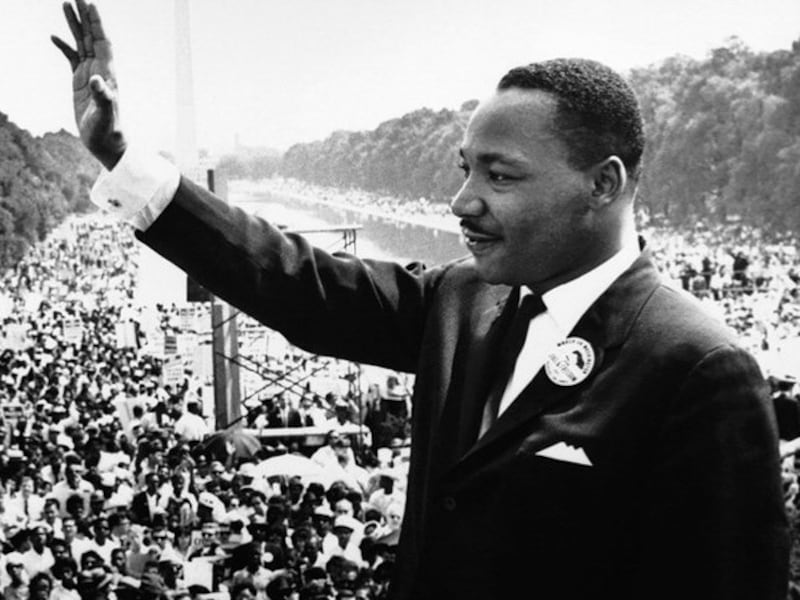A dream is the incubator of unborn possibilities. For all who were once left out, kicked out and counted out, their identity and freedom were zygote residents in a dream.
A dream is imagination bolstered by hope. For all who were overlooked, ignored, forgotten and omitted, they were seen by thought-leaders, futurists, moralists and humanitarians who believed these Americans would one day be invited, welcomed and embraced to authentically, unashamedly and fully participate in society.
A dream is the trajectory of an idea with action. For those who felt they had no rights, no voice, no justice and no options, there were students applying for law school, social justice interns, high school debate teams, civil rights marchers and philanthropists who imagined a world with fewer excuses, barriers, red tape, politics, traps, injustices, schemes, revisionists, gerrymandering, rigidity, biases and historical amnesia.
A dream is a soul-filled prayer released to the heavens. For every person who spewed hatred, animosity and polarization, someone bowed their head, kneeled at the altar and prayed for them. For those who lived under oppressive, cruel and unrelenting injustices, there were believers who knew that Christ was greater than any oppression or injustice and that relief would come one day.
A dream is the heart’s longing for and knowledge of a predestined eventuality. There are people who reside in this world, and those who have passed on, who never gave up on us. They made sacrifices, paved the way and suffered untold offenses for the conveniences, comforts and coexistence we experience today.
In the repetitious cadence of Martin Luther King Jr.’s most famous speech, “I have a dream” was followed by “one day.” Those two words, “one day,” made us look to the heavens with promise, hope and expectation. Conversely, those two words also made us look to the heavens with weariness, pleading for deliverance, justice and change.
From his writings and speeches, we discern that King knew that unity, reconciliation and humanitarianism would occur through litigation, legislation, leadership and love. Most of these structures are antiquated, slow-moving, restrictive or biased, but love is plentiful and available to all. I believe it was love that buoyed King’s courage when he faced staunch resistance from his opponents and rejection from his clergy colleagues. I believe it was love of humanity and love of our country that fueled his faith for every fight. Finally, I believe, as King himself confessed, that he loved Jesus Christ, and it was this love of Christ that compelled him to inspire millions through a dream, with his timeless “one day” message.
We are all living in the “one day” part of King’s message. The message conveyed hope that the foundations of discrimination, segregation and exclusion would shake, and there would be a dismantling of all that divides us. The message relayed hope that our lived experiences would be without twinges of fear, but instead contain the balm of love. The message offers hope that generations beyond those who gathered at the Lincoln Memorial in Washington, D.C., would have a dream — one greater and bolder for humanity.
The dream’s “one day” message expressed the possibility of different entities finding common ground. It represented the optimism that leaders of different races and political affiliations would come together and work together with a common goal. That is exactly what happened between the NAACP and The Church of Jesus Christ of Latter-day Saints. This is the power of a dream. I hope you will follow my articles in February as I share with you some of the outcomes of this collaborative dream and the many lives that have been touched and transformed.
There is power in a dream. What are you doing with your “one day” journey? Keep dreaming!
The Rev. Theresa A. Dear is a national board member of the NAACP and a Deseret News contributor.


